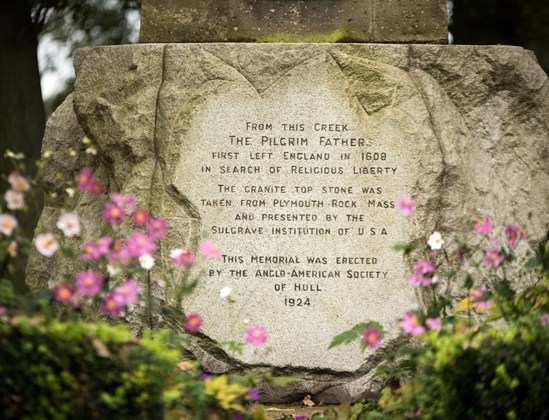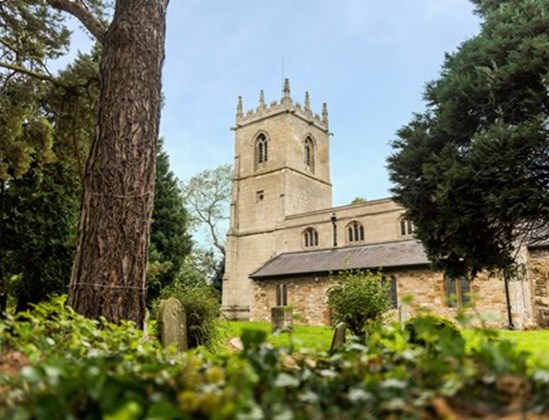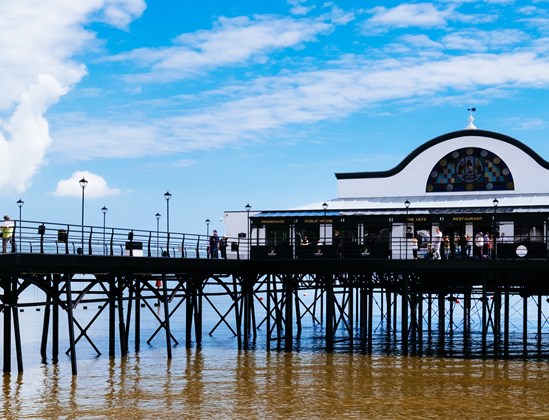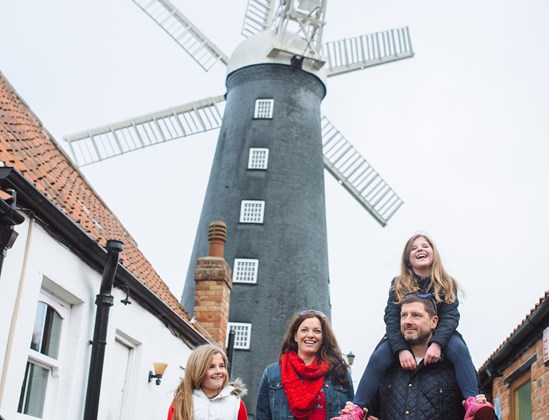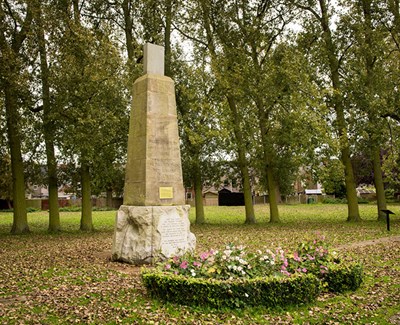

- Contact Us
- Search
-
Mayflower400 partner destinations:
Visiting Immingham, North East Lincolnshire
Immingham is located in North East Lincolnshire on the east coast of England. It was from the shores of Immingham that the Pilgrims fled England in 1608 to start a new life in Holland.
The museum has a new permanent exhibition about the Pilgrims and their connection to the town. Visitors can learn about their dramatic escape, view a family of Pilgrims in period clothing as they stand at the waterside and examine historic documents on the interactive touch table. Children can also use the interactive table to learn about the pilgrims with some fun games and families can dress in cloaks and hats and climb aboard the boat to take a Pilgrim Selfie. The museum also tells the local history and how the area became home to one of the UK's largest ports. A new Pilgrims Heritage Trail has been installed which guides visitors around key sites including St Andrew's church and the Pilgrim Monument. Many street names are named after the passengers of the Mayflower - you will spot Bradford, Clifton and more as you travel around the town.
South of Immingham you will find the stunning Lincolnshire Wolds. Rolling hills with pretty English villages showcasing some of England's finest countryside.
On the banks of the Humber Estuary, the nearby resort of Cleethorpes is very popular with visitors with a beautiful sandy beach and year-round attractions. Once a tiny fishing village famous for its oysters, in the 19th century it developed into a health resort, popular for its therapeutic bathing and iron rich mineral waters. Today it attracts visitors who come to enjoy its lovely beaches, long promenade, recently renovated pier and gardens. It is also a great place for bird watching. You can spot Curlew, Great Black Backed Gulls, Ring Plover, Redshank, Oyster Catchers and Black Headed Gulls. The sand dunes on part of the beach are designated as a local nature reserve and Site of Special Scientific Interest due to their rich flora and fauna and have some of the best wildflower meadows in Lincolnshire.
Nearby, Great Grimsby is a large coastal town that originated as a Viking settlement during the 9th century and has developed as a major sea port, once hosting the largest fishing fleet in the world. These days, whilst food is still a major driver in the town, being home to over 500 food processing companies, it is a key player in the emerging renewable energies industry.
Discover life for British trawlermen by visiting the Grimsby Fishing Heritage Centre and experience the sights, sounds and smells as a 1950’s trawlerman and his family. Take a guided tour of the historic Ross Tiger to experience the conditions aboard one of our earliest surviving diesel side-trawlers. Explore the Time Trap Museum at Grimsby Town Hall and uncover the town’s colourful past in the old police cells mapping the development of the town.
Immingham and the Mayflower story
The year following that of the trial of the Scrooby congregation at Boston Guildhall, the Pilgrims make another - this time successful - attempt to escape.
In 1608, the Separatists secured the services of a Dutch boat and her captain to take them to Holland. Some of the Separatists left from Gainsborough on a barge, whilst others travelled on foot. The two groups met on the coastline near Immingham. The Dutch Hoy arrived. Some of the men were taken on board while the women and children waited. To their alarm, an armed troop was spotted, approaching with bills and guns. The Dutch captain decided to sail away rather than face arrest. The women were left, distraught at being separated from their husbands.
Those who made it onto the ship had a treacherous voyage. The Hoy became caught in a storm and was blown off the coast of Norway before eventually arriving in Amsterdam.
A few men were also left behind who were arrested and questioned. It is thought the Pilgrims were given shelter in the porch of St Andrews church. The authorities however didn't know what to do with them. Rather than become a burden, they were eventually allowed to slip away. One of the group, Francis Hawkins fell ill - his body is buried in St. Andrews Church graveyard. You can learn more about their dramatic escape by visiting the museum and following the heritage trail in the town.
Immingham Creek is now part of the large port of Immingham, the largest port by tonnage in Great Britain. St. Andrew's church welcomes visitors . On the nearby green, Pilgrim Park, is a memorial to those who made the journey, the Pilgrim Monument. The memorial was organised in 1924 by the Anglo-American Society and is made with rock from Plymouth, Massachusetts. Guided Walks by Immingham's heritage ambassadors take place on a regular basis and can also be organised for groups in advance.
Supported by our national sponsors and funding partners
- Attractions
- Accommodation

Immingham Museum and Heritage Centre
Museum
Learn about the heritage of Immingham including a Pilgrims exhibition
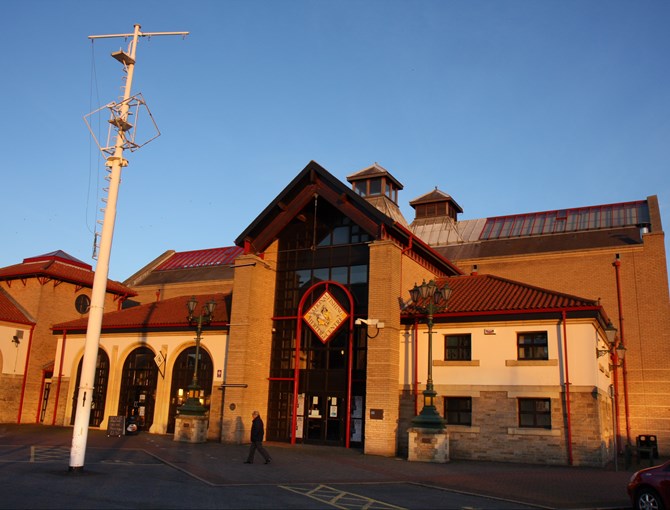
Grimsby Fishing Heritage Centre
Visitor Attraction
Experience the sights, sounds and smells of Great Grimsby
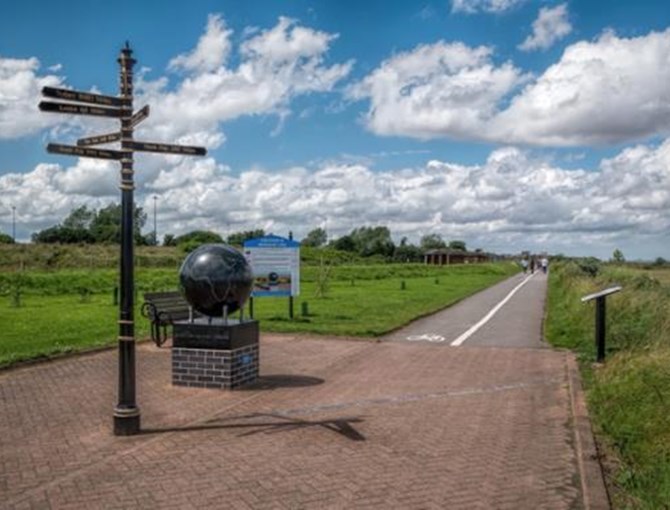
Greenwich Meridian Line
Monument / Memorial
The Greenwich Meridian line runs through Cleethorpes, marked by a metal plate set into the coastal path.
Healing Manor
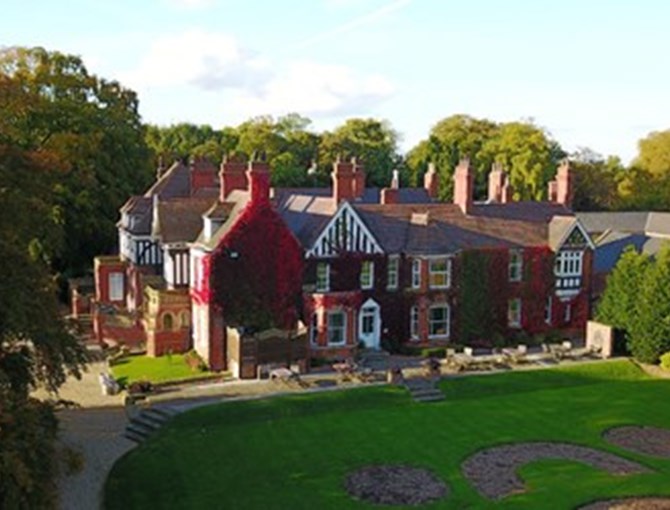
Healing Manor
Hotel
A premier hotel, Healing Manor boasts 37 bedrooms and everything you’ll need for a comfortable night’s stay
Stallingborough Grange Hotel

Stallingborough Grange Hotel
Hotel
Stallingborough Grange Hotel is located on the edge of the Lincolnshire Wolds, perfectly located for Grimsby and the Humber
Holiday Inn Express Grimsby

Holiday Inn Express Grimsby
Hotel
A bright, modern hotel in the heart of Grimsby, just a four-minute walk from the railway station
Sign up for the latest Mayflower 400 news
You'll be the first to hear the latest Mayflower news, events, and more.
Log In
Register
Mayflower 400 Proudly Supported by our National Sponsors and Funding Partners
